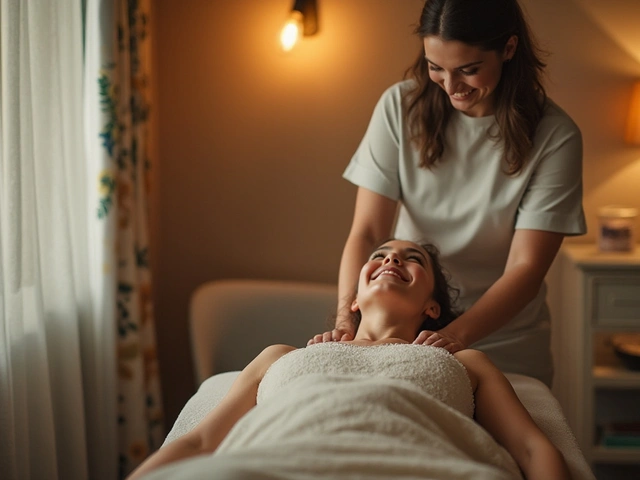Pain Relief: Practical Massage & Therapy Tips That Work
Are you tired of quick fixes that don’t last? Pain often responds best to the right kind of touch, movement, and timing. Below you’ll find clear, useful ways to cut pain now and improve how your body works over weeks. No jargon, just things you can try today or ask your therapist about.
Three simple steps to reduce pain at home
Start with heat for tight muscles—use a warm towel or hot pack for 10–15 minutes. Follow with focused pressure: press and hold on a painful knot for 20–30 seconds, breathe, and release. Finish with slow, gentle movement: move the joint or limb through its comfortable range five to ten times. That combo (heat → pressure → movement) calms muscle guarding, improves blood flow, and often cuts pain fast.
Want a tip for headaches? Try acupressure at the base of the skull and between your eyebrows. For neck and shoulder knots, trigger point compression between shoulder blade and spine helps. These are quick, noninvasive moves you can use anywhere.
Which therapy fits your pain?
If you want gentle, hands-off guidance, Ortho-Bionomy uses small, easy movements to let the body reset and reduce chronic pain without force. Feldenkrais and movement work help if stiffness comes from bad habits—learning to move differently reduces strain over time. For posture and deep structural change, Rolfing or Hellerwork focus on alignment and can ease long-term back pain.
Prefer direct pressure? Trigger point massage and Amma massage target tight knots and back pain. Hot stone therapy adds heat to relax deep layers, which helps in seasonal stiffness or winter aches. If you’re facing serious, late-stage symptoms, palliative massage focuses on comfort and emotional ease rather than fixing the root cause.
Traditional methods like Hilot and Lomi Lomi blend rhythm, stretch, and cultural techniques—great if you want a soulful, full-body approach. Blind therapists often develop refined touch skills; many clients say their sessions feel unexpectedly precise.
When pain won’t budge, some conditions need medical care. If you have sudden swelling, fever, numbness, or loss of function, see a doctor. For stubborn joint contractures, procedures like contractural tendon release can restore movement when conservative care fails. Use surgery as a last, well-informed step.
How to pick a therapist: check training, read reviews, ask about technique and session goals. Tell them what helps and what hurts—good therapists adjust pressure and focus in real time. Track progress over three to six sessions; small improvements each visit add up.
One simple challenge: pick one method—acupressure, trigger-point release, or a gentle movement lesson—and do it consistently for two weeks. Note pain change, sleep, and daily ease. You’ll learn what works for your body and can step up to professional therapy when needed.
Use touch smartly, move with awareness, and get help when warning signs appear. Pain doesn’t have to control your life—practical choices and the right therapy often change everything.
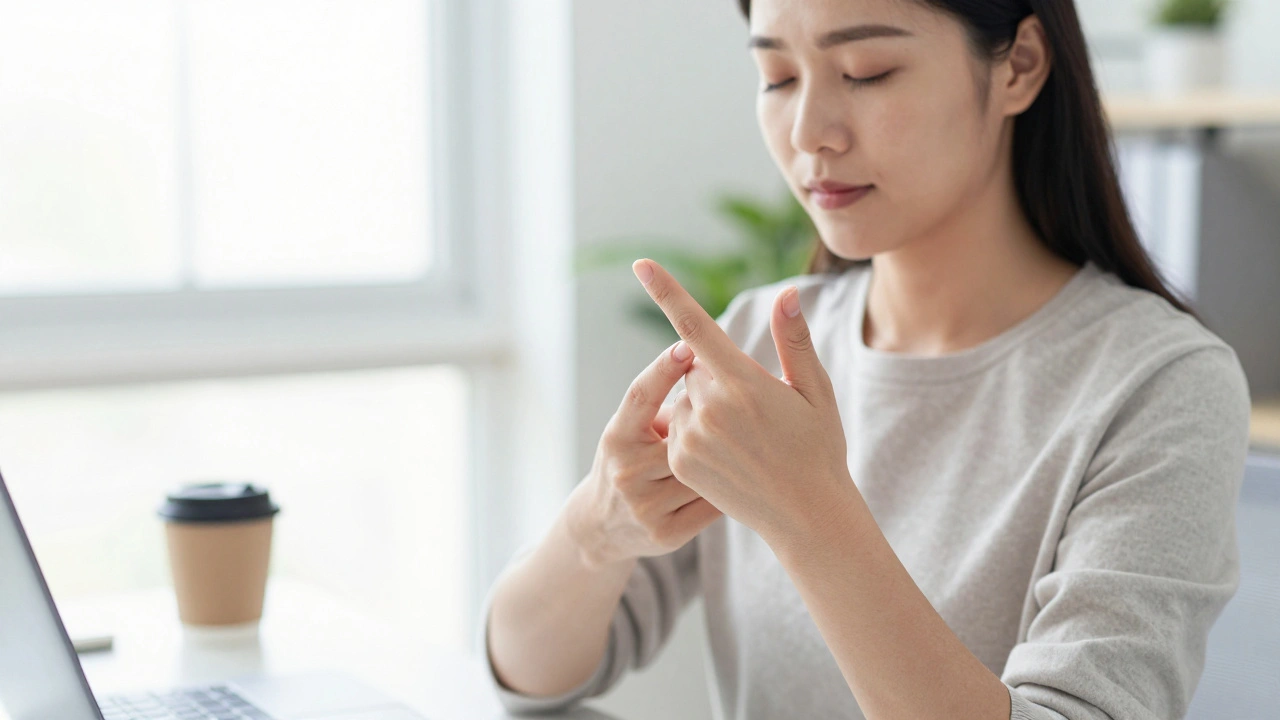
Acupressure: A Simple, Non-Invasive Way to Relieve Pain and Stress
Acupressure uses finger pressure on key points to relieve pain, stress, and nausea naturally. Backed by science and used for thousands of years, it’s a safe, free way to support healing without drugs or needles.
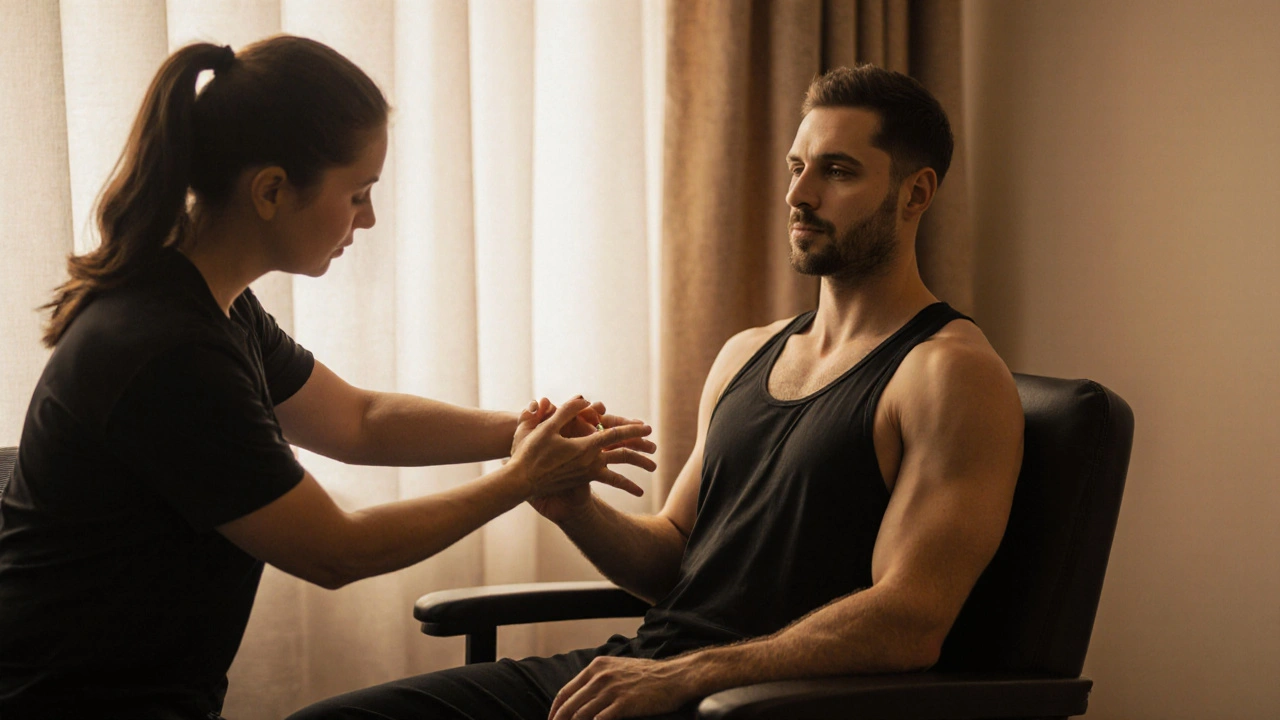
How Ortho-Bionomy Speeds Up Sports Injury Recovery
Ortho-bionomy helps athletes recover faster by gently resetting the nervous system's response to pain. Unlike forceful therapies, it uses minimal pressure to reduce guarding and fear, making movement easier and recovery smoother.
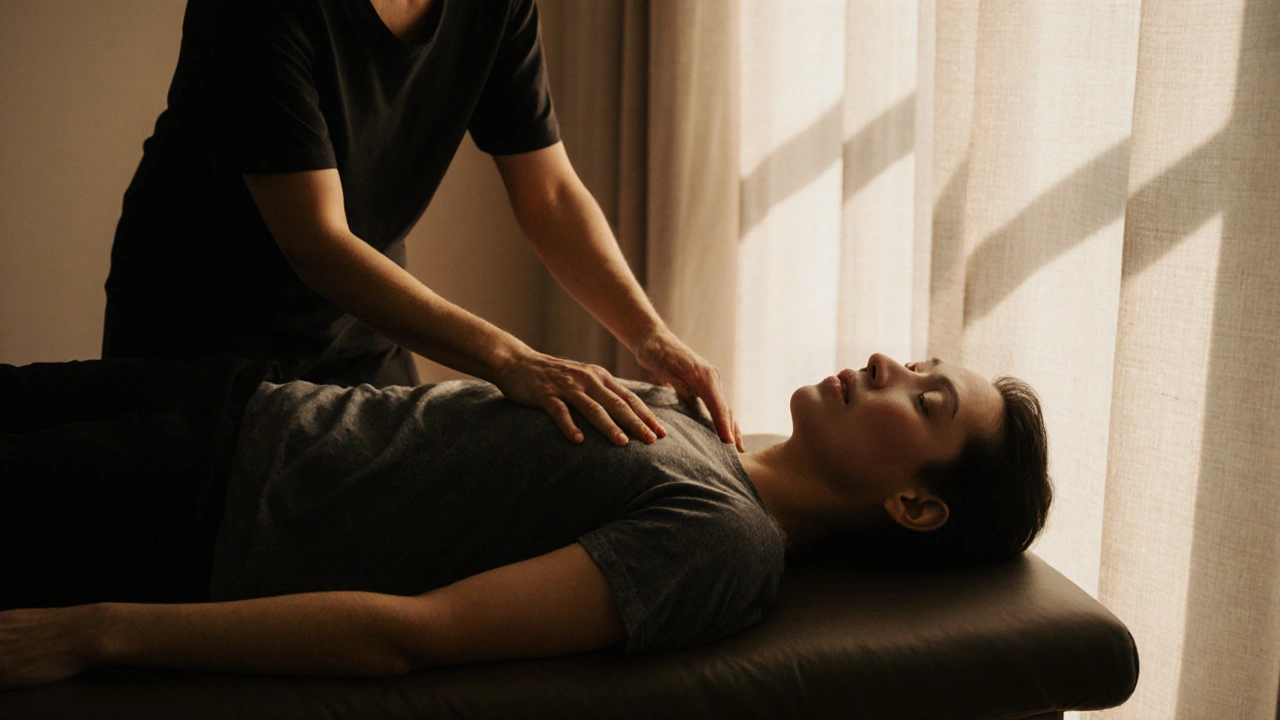
Ortho-Bionomy: The Ultimate Solution for Stress and Pain
Ortho-Bionomy is a gentle, non-invasive therapy that helps relieve chronic pain and stress by working with your body's natural reflexes-not against them. No force, no pressure, just quiet movement that tells your nervous system it's safe to relax.
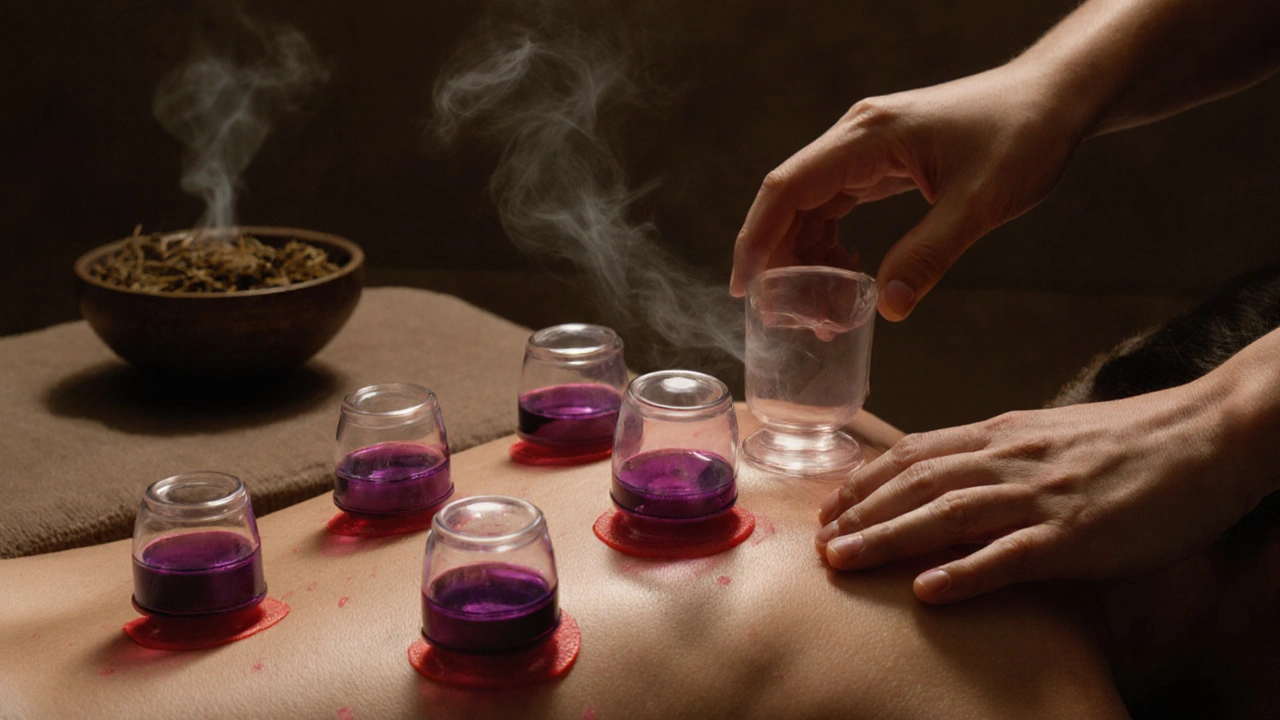
How Cupping Therapy Can Improve Your Wellbeing
Cupping therapy uses suction to improve circulation, reduce muscle tension, and relieve stress. Backed by ancient practice and modern research, it helps with pain, recovery, and overall wellbeing - naturally.
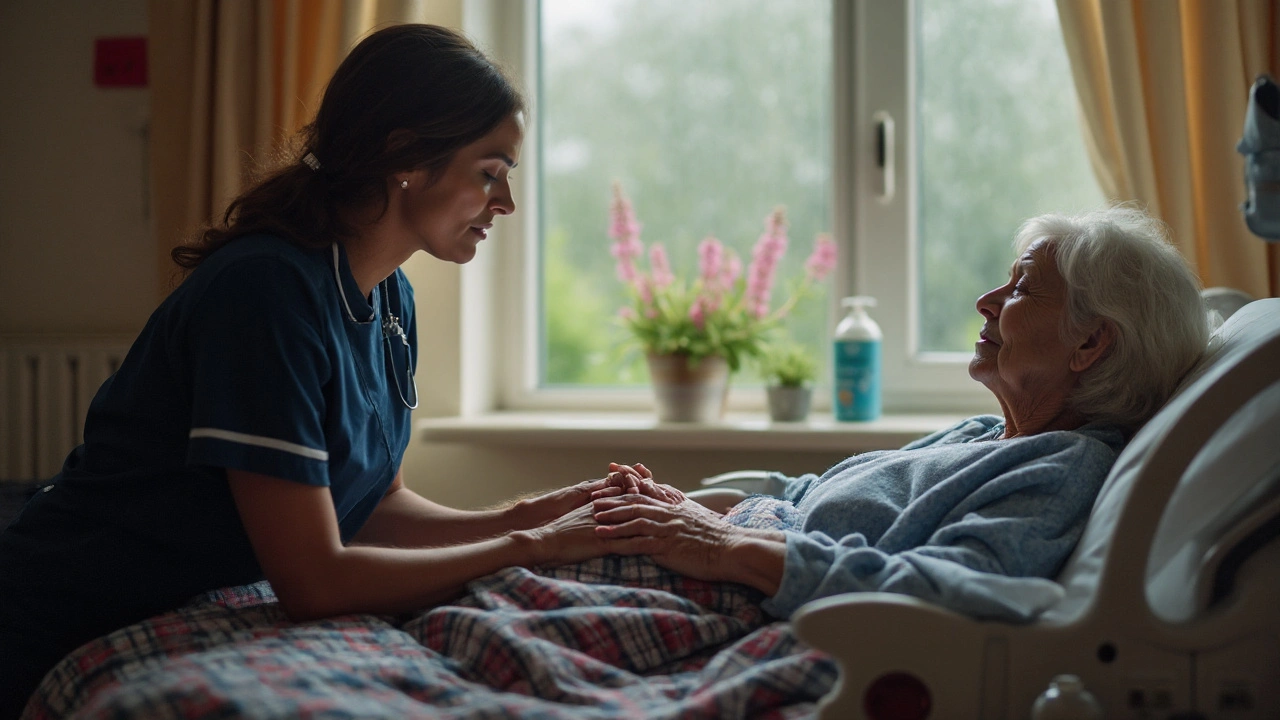
How Palliative Massage Transforms Hospice Care: Benefits, Techniques, and Safety
Discover how gentle touch reduces pain, anxiety, and restlessness in hospice. Evidence-backed steps, safety rules, and caregiver-friendly techniques that truly help.

Revolutionize Your Wellness: How Hellerwork Therapy Transforms Body Health
Explore the lasting benefits of Hellerwork, from pain relief to postural transformation—learn the science, process, and real-life impact of this unique mind-body therapy.

Ortho-Bionomy Techniques for Sustainable Pain Relief: Your Guide to Natural Healing
Discover Ortho-Bionomy—a gentle, natural therapy for pain relief. Learn how its unique techniques help your body heal itself and support long-term wellness.

Revitalize Your Life With Healing Touch: Discover the Power of Therapeutic Massage
Explore the healing touch—how massage boosts wellness, eases pain, and revitalizes your life. Get practical tips, facts, and real benefits of therapeutic touch.

Trigger Point Massage Therapy: Unlocking Real Pain Relief Secrets
Ever heard about trigger point massage? Discover how this hands-on method targets muscle knots for fast pain relief, better movement, and everyday comfort.
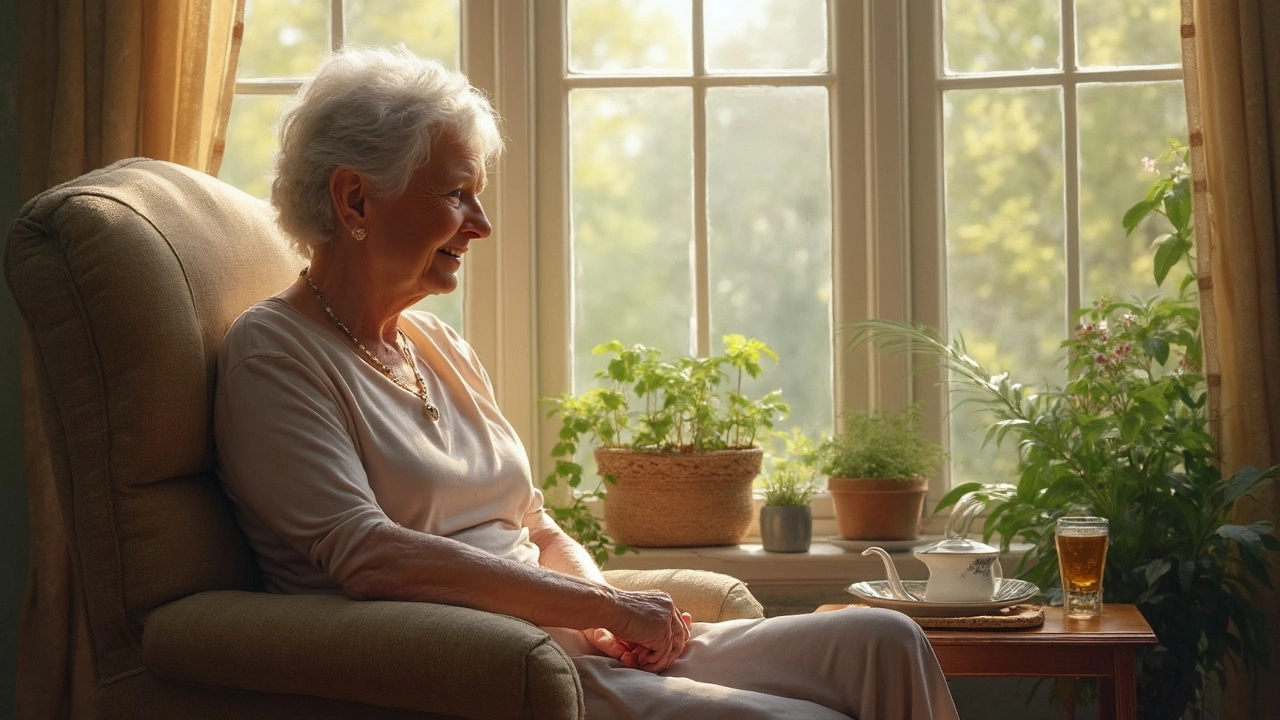
Ortho-Bionomy: Transforming Body Healing Naturally
This article dives into the practical world of Ortho-Bionomy, a bodywork therapy that stands out by working with your body, not against it. Get to know how small, gentle movements can help you feel better physically and mentally. You'll find real-life tips, interesting facts, and answers to questions people actually have about this method. Perfect for everyone from chronic pain sufferers to the curious, this guide makes the technical stuff easy and accessible. Discover ways you can apply some of the ideas at home, too.
Categories
- Health and Wellness (148)
- Alternative Therapies (86)
- Massage Therapy (40)
- Travel and Culture (15)
- Beauty and Skincare (9)
- Holistic Health (8)
- Health and Fitness (5)
- Spirituality (5)
- Other (2)
- Personal Development (2)



